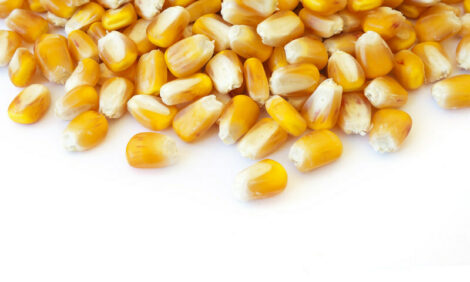



Economic position of the UK farming industry (pig focus)
By Defra - This report provides regularly updated economic and statistical analysis of the profitability of the pig farming industry. It builds on, and in some cases updates, the analysis published in the Strategy for Sustainable Farming and Food.
Aggregate Incomes Across the Whole Farming Industry
In 2003, total income from farming in the UK was estimated to be £3.23 billion, a rise of 34 per cent (or 30 per cent in real terms) over 2002. Because of a reduction in the number of farmers, total income from farming per full time person equivalent was estimated to rise in 2003 by 39 per cent or by 35 per cent in real terms to £15,786.
The long term trend in aggregate income has been downwards although it rose and fell dramatically in the nineties due to changes in the exchange rates, world commodity prices and the impact of BSE. In 2003 we have seen a recovery in the Euro resulting in a rise in prices across a range of commodities and higher direct subsidy payments. In real terms Total Income from Farming is now at a level more in line with levels of the late eighties; it is 77 per cent above the low point in 2000 and 50 per cent below the peak in 1995.
The cereal sector contributed significantly to the increase in Total Income from Farming in 2003. A weather related poor harvest in continental Europe resulted in strong prices, particularly for feed grains, and increased demand for UK wheat. Strong prices and export opportunities were also seen for oilseeds. The horticulture sector saw a smaller increase in the value of production, again driven by higher prices, but for potatoes, decreases in yields and planted area are expected to offset higher prices. Prices have also increased across the range of livestock and livestock products.
Beyond 2003, there is likely to be only a modest recovery in commodity markets over the medium term future. However, when this is combined with the impacts of ending of the Over Thirty Months Scheme; the implementation of the remaining elements of the Agenda 2000 reform; the implementation of the latest round of CAP reform; and regulatory measures, there is expected to be little further change in aggregate incomes over the next five years (at current exchange rates) although there are likely to be fluctuations from the smooth trend shown (for example as CAP reform is implemented).
Most macro economic forecasters are expecting the current level of the euro to be sustained and this level (70p/€) is built into the baseline projection in the chart above. Projections are also provided to illustrate the effects of further movements in the exchange rate over and above the weakening of sterling relative to the Euro seen so far this year. The scenarios shown illustrate the effect of a further 5% weakening of sterling and the impact of a 12% strengthening which would bring the Euro back to 62p (the average level seen during the 2000-2002 period).
The other key driver of farm incomes is productivity. Following recently completed research,
(see
http://statistics.defra.gov.uk/esg/reports/prodagri/default.asp) the high productivity scenario within this analysis has been chosen to broadly match the growth rate seen for the leading group of EU Member States (France, Denmark, Holland and Belgium). The further recovery in incomes projected for 2003 will have lessened the economic pressure on productivity growth, and so this will remain a challenging path for UK agriculture to follow, but if achieved would give a further rise in incomes per head of nearly one quarter over the period.
Profitability in Key Sectors
Profitability in the key sectors is measured by the net margin; this provides the return to managerial labour and the return on capital.
Pigs

Further increases in pig prices in mid 2003 meant that average net margins for Q2 2003 reached £9 per pig. The decline in pigmeat prices resulted in lower net margins in Q3 2003, similar to those at the beginning of the year.
Prospects for margins in Q4 2003 will depend on pig prices and feed costs. The latter are expected to increase via higher cereal prices from the 2003 harvest.
During the first three months of 2003 prices increased by 19p reaching 109p per kg dw at the end of March. Although prices slipped back during April, they strengthened again in May and early June. The average pig price peaked in the week ended 21 June, at 112p per kg dw, and it was at its highest since early August 1997. With some major abattoirs reducing their contract prices, prices subsequently weakened. Prices fell sharply during July and August for two main reasons. Firstly the extended period of very hot weather, had an adverse impact on demand for fresh pork. Secondly, the higher price of UK pigs compared with Continental pig prices, particularly Danish and Dutch prices, encouraged the use of imported pig meat. UK producer prices reached their seasonal low point in early September, and have since shown some small increases. The price in week ended 15 November was 108 p per kg dw, 17p up on a year earlier.
Pork production in the nine months to September was down seven per cent on a year ago, at 426,000 tonnes. Bacon production rose slightly to 144,700 tonnes.

To read the full report, including tables, please click here
Source: Defra - December 2003








